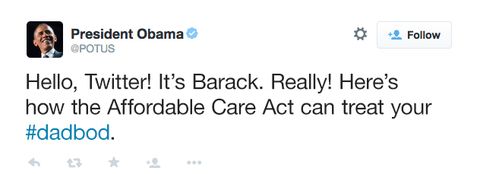
Take a quiz to test your skills at identifying misinformation.
Brush up your skills for evaluating news sources with this lesson from the News Literacy Project and SmartNews.
The websites linked below fact-check information that appears in news articles and websites.
It is generally not a reliable source of information for academic assignments. There can be exceptions, like if your source is to show a perspective or even an example of misinformation.
"a tendency to prefer one person or thing to another, and to favor that person or thing." [1]
"any preference or attitude that affects outlook or behavior, esp. by inhibiting impartial consideration or judgment." [2]
We all have some bias toward what we believe, but strong bias can make it hard to get to the truth. Biased news sources are less factual and may share false or misleading information.
[1] Collins. (n.d.) Definition of bias. Collins Dictionary. https://www.collinsdictionary.com/us/dictionary/english/bias
[2] "bias, n., adj., and adv." OED Online, Oxford University Press, March 2023, www.oed.com/view/Entry/18564.
Below are common types of misleading or inaccurate news you may encounter.
It's important to understand whether news comes from a reliable and unbiased source. Misleading news stories can be very persuasive and influential. Fake news may or may not be intentionally deceiving readers, but regardless of the purpose, these sources must be avoided.
Disinformation: false information that is intended to deceive
Misinformation: unintentionally false information, whether outdated or untrue
Sometimes something that looks like the news is actually intended to be funny. Satire is "wit, irony, or sarcasm used to expose and discredit vice or folly". [1] Satire is often outrageous but based in reality.
The Onion is one of the most well-known examples of satirical news. This is an article from their website.

Sometimes satirical media will identify itself if you look for a disclaimer, but not all will. Some sources have even been known to fool professional journalists! Remember, any format of media can be satirical, including videos, social media accounts, and print material. When in doubt, try looking up more information about the source.
Headlines may often be sensationalized or exaggerated. If it doesn't sound true, read the full article to learn the whole story. You can judge how accurate the headline really was and understand it within context.
You may also wish to see what other sources are saying about the same topic. Other sources that aren't using clickbait titles may offer a more balanced and accurate explanation.
Some fake news seems to come from established news sources or important people. Double-check the exact spelling of the web address or social media handle.

Be even more careful with screenshots, which can easily be faked. This example is a silly faked screenshot that appears to be from President Obama's real, certified Twitter account.
Sometimes a writer will misunderstand or misrepresent an element of the news story. This is especially common when it comes to research, data, and reports. Take a look at the original source of that data to learn more information.
In this video, a data journalist introduces some bad statistics you can spot in the news.
1. Merriam-Webster. (n.d.) Satire. https://www.merriam-webster.com/dictionary/satire

"How to Spot Fake News" by the International Federation of Library Associations and Institutions is licensed under Creative Commons.